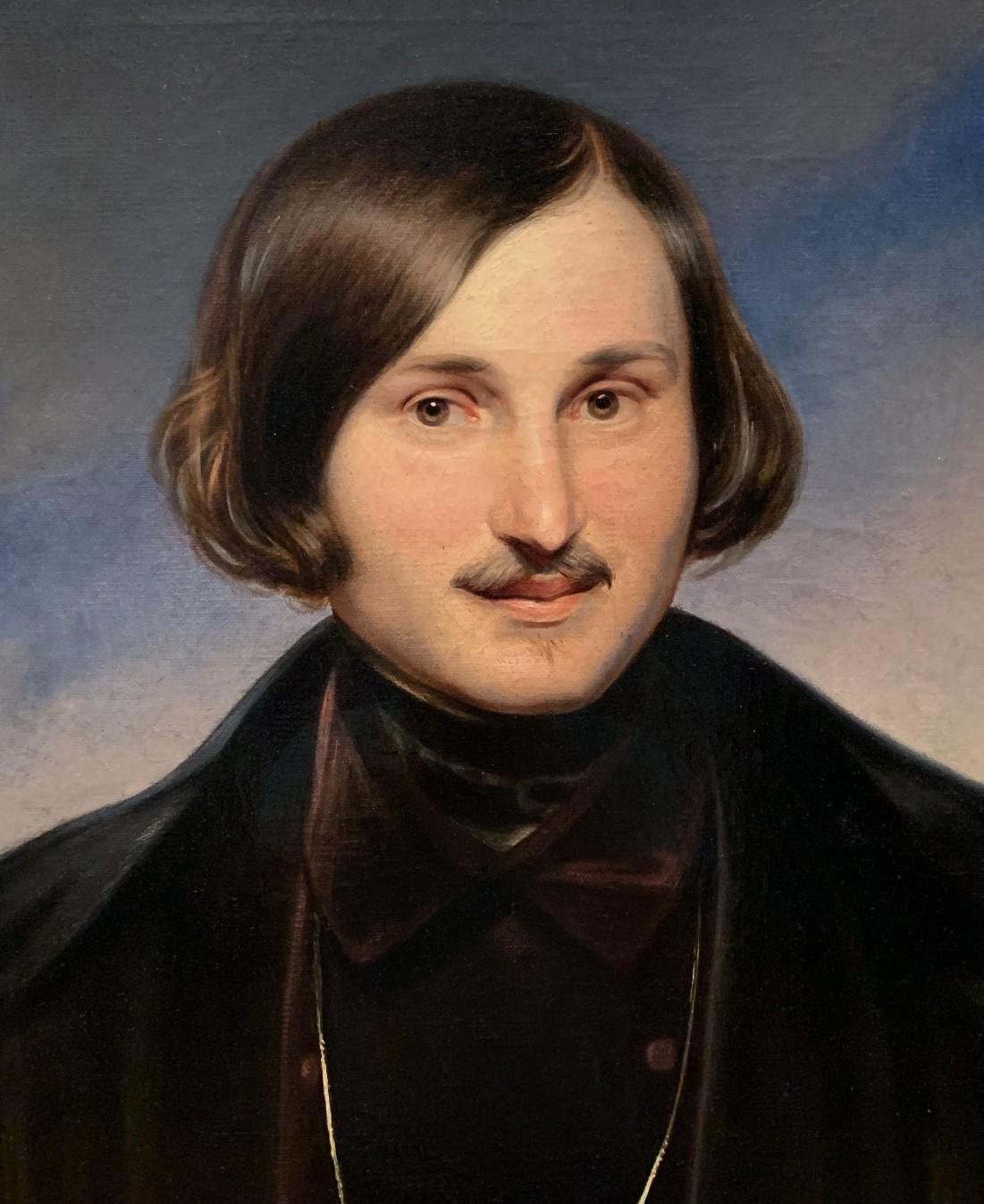Предмет: Литература,
автор: lesjauvarova08
Из художественной литературы найти описание ЛИЦА человека
Ответы
Автор ответа:
0
Ответ:
я не знаю очьом ідьот рьеч
Автор ответа:
0
Ответ:
Гоголь " Мертвые души " Манилов- На взгляд он был человек видный;
черты лица его были не лишены приятности , но в эту принятность , казалось , чересчур было передано сахару;
в приемах и оборотах его было что- то заискивающее расположения и знакомства.
Он улыбался заманчиво , был белокур , с голубыми глазами.
В первую минуту разговора с ним не можешь не сказать: " Какой приятный и добрый человек!". В следующую за тем минуту ничего не скажешь , а в третью скажешь: -" Черт знает , что такое!" - и отойдешь подальше;
если не отойдешь , почувствуешь скуку смертельную.
Приложения:

Похожие вопросы
Предмет: Русский язык,
автор: kyptolla
Предмет: Английский язык,
автор: nekita2017
Предмет: Русский язык,
автор: маша25251
Предмет: История,
автор: lhwangskii
Предмет: Литература,
автор: dashkashinkareva